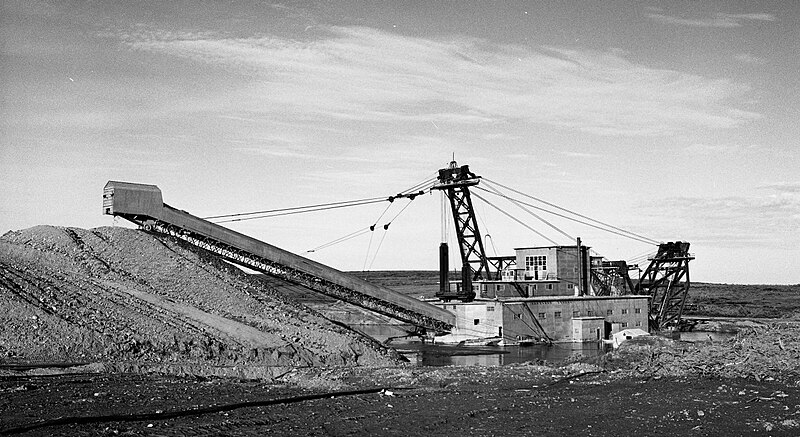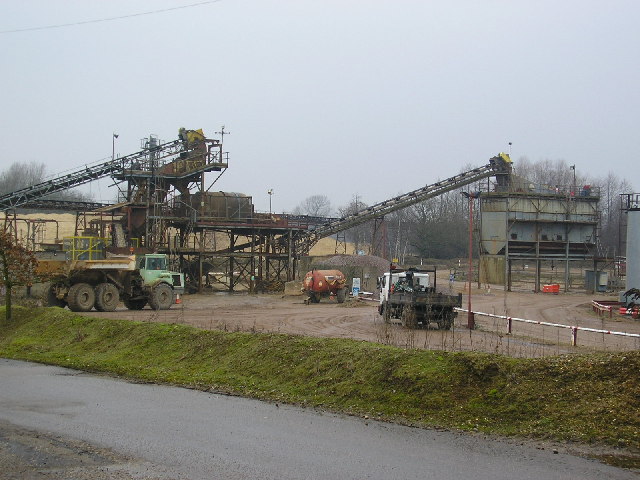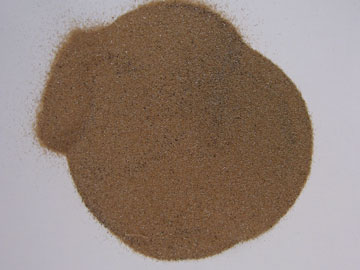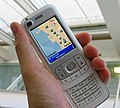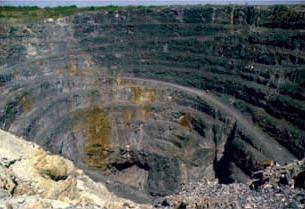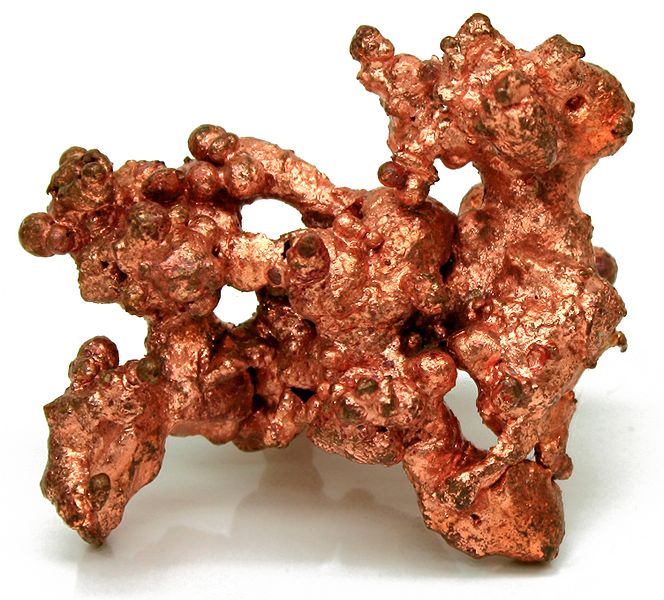 |
| This is what I was looking for, native copper. |
Of all the
New England states
Maine probably has the most active
mineral exploration program. Number of years ago we were asked to go up and evaluate some mining property way down East in Maine just above Eastport located in the town of Perry. The property in question is on the banks of the
St. Croix River where native copper was found in the flows of basalt of Devonian age. The other side of the river is the
province of New Brunswick in
Canada.
When I got the contract to do this job there was still plenty of snow on the ground in the hills of northwestern Connecticut where I live, so to find out how much snow was in Perry I called the police and Eastport to find out how much snow was on the ground. They told me there was none that also reminded me that that part of Maine was warmer than northwestern Connecticut. Would that I packed my gear including my brand-new Brunton pocket transit that all geologists should carry because it has a mirror on the inside of the back cover so you can open the thing and look in the mirror to see the monkey the gotcha lost.
I left home at about 430 in the morning with nothing more than a cup of coffee and donut figuring I would get my breakfast on the way up to Maine; it was in before I got onto the Maine Turnpike that I finally stopped for breakfast at the first rest area. From there I drove on to Augusta where I wanted to stop at the state geologist and pick up some maps and publications.
Little did I know that some of the wackiest adventures you can imagine started in Augusta at the state geologist's office. I drove down State Street past the capital of a half a mile further on was the state geologist's office is located in an old firehouse with a brick tower on it. When I got there the state geologist was no longer there instead the building was now occupied by a wholesale plumbing firm. I went inside to find out where the geologists had vanished, but the guy that ran the store didn't know.
At that I asked him if I could use as phone, and he said yes it's right over there. I took one look at the telephone and the whole bottom of it was covered by buttons, so I asked him which button I had to push, he showed me. Then I looked in the telephone book for the state geologist number. There was no number listed for the
Maine Geological Survey. With that the store keepers suggested I look under State of
Maine. I looked and there they were to follow after column of bureaucrats finally I found one that said Maine Geological Survey, so I dialed up the number, and the state geologist and certain the phone. I told him I was at their old headquarters were some fella tried to sell me a bathtub, and where are you located now?
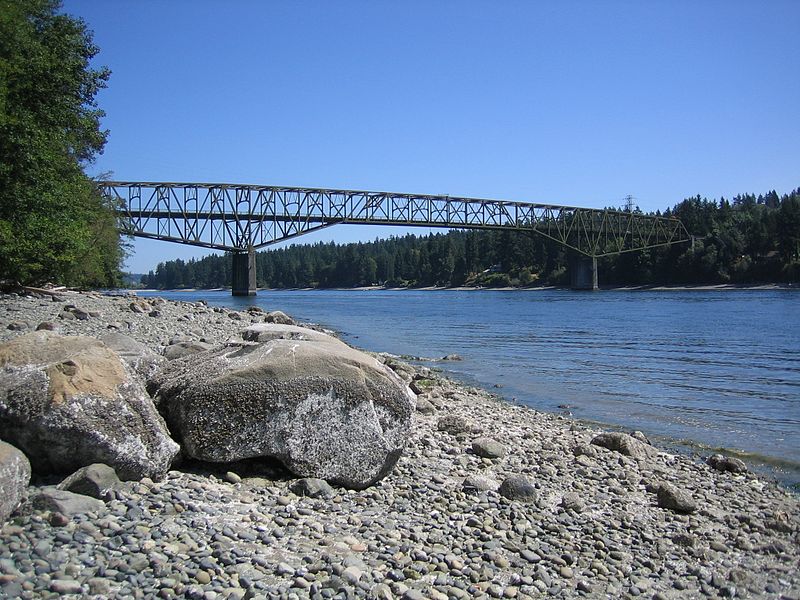 |
| This is what the edge of the St. Croix River looked like. |
He replied he go back up State Street past the capital, and turn right onto the bridge just past the capital down that street and turn right at the second satellite. (You have to understand how they speak in Maine he actually meant the second set of lights.) He told me drive down that street about a half mile and you'll see where we are in a big brick building that's the mental hospital.
With that I started laughing and made some kind of a comment about how I can think of any number of geologists that belong to a mental hospital, but he wasn't kidding. They were in the mental hospital alright I was pouring rain and they were down cellar and when I arrived at the mental hospital it was not only pouring rain, it was an absolute deluge. While I was looking for a parking place I saw all kinds of empty spaces with a big sign hanging up over the lot that said, "Doctors only." Well, I have a doctorate in geology so I guess that makes me a doctor doesn't it?
So I parked my car and went through the deluge to the first door I could find. When I entered through the door I came out in a big square room with bars on the windows, and as the door closed I heard the lock click. Now here I was locked into the mental hospital so I stood in the center of the room dripping. After a while a fellow came in through one of the other doors a took one look at me and said, "Were you going? I said I'm a geologist were is the geological survey. He said, “They're down cellar at the other end of the building!”
With that, he went over to the door that locked behind me, and opened it upon looking out if anything it was raining evenu harder than when I came in. He then turned to me and said well I suppose you don't want to go back out into the rain do you? I said, “Not really!”
Then he said I'll let you go down through the building but you just be sure you stay in the middle of the hall; I'll wave to the guard at the other door to let you through.” With that I went walking very carefully down the middle of the hall. The guard at the other end asked me where I was going, so I told him to the state geologist’s office. He told me it was down cellar at the bottom of the stairs. So down cellar I went!
When I got to the office the state geologist was inside with his feet cocked up on the desk reading a book. When he had his office in the other building he had a real cute secretary, but she had been replaced by a much older woman that looked to be in her late 50s. I gathered up my books and maps paid for them and left.
Things are pretty uneventful until I got to Perry where I went looking for a place to spend the night as it was already getting dark; it takes a long time to drive from northwestern Connecticut to Perry Maine. Finally out of the gathering darkness I spotted a motel, the only one in town. What I didn't know was the front of the building was a motel, but the back of the building was a kennel. Now I don't know what kind of dog was right behind my room, but all night he kept barking, and it just wasn't some ordinary dog that was doing the barking this one had a great “ruff” that sounded like a hound of the Baskervilles, and he kept it up all night. Morning solved the mystery of what kind of dog was behind me when I opened the door of my motel room and was greeted by a huge St. Bernard. Oh yes, he was a real big one alright.
I spent the next three days going over the property checking it for copper. Guess the property did contain copper, but not in economic quantities. It required several channels cut into the bedrock for further analysis to discover this however. With my report the owner of the property decided not to do any further exploration. While I was doing the survey work I also collected some real nice agates that had weathered out of the basalt.
With the job done I took a couple of days to get back to Connecticut, but not before having another adventure in the State of Maine ensued when I got stuck up to the frame of my car is the middle of Main Street in Bar Harbor. It seems the town had turned Main Street into a ditch about 6 feet deep, so I write was stuck in the middle of Main Street. Pretty soon a policeman showed up driving a jeep. He stopped at the top of the ditch and yelled down to me, “It looks like you're stuck!” I had to agree! Then he yelled down to me, ”Don't suppose you want me to call a wrecker from Ellsworth do you!” I replied, “Not really!”
Then he yelled down, “If you aren't going anyplace, I'll get a log chain and pull you out with the Jeep.” He left, and came back about an hour later with the chain that was this great ungodly log chain with one inch lengths that must've been 100 feet long. We pulled my car out of the middle of Main Street. We unhooked the chain, and I went off looking for a restaurant.
Although I had already been told there was one restaurant opened in town, I'll be darned if I could find it, but I did find a pizza joint that was full of college kids. What I really wanted that night was a stake, what I got was a pizza!



.jpg/118px-Modern_Cornish_mine_pump_(New_Catechism_of_the_Steam_Engine,_1904).jpg)

